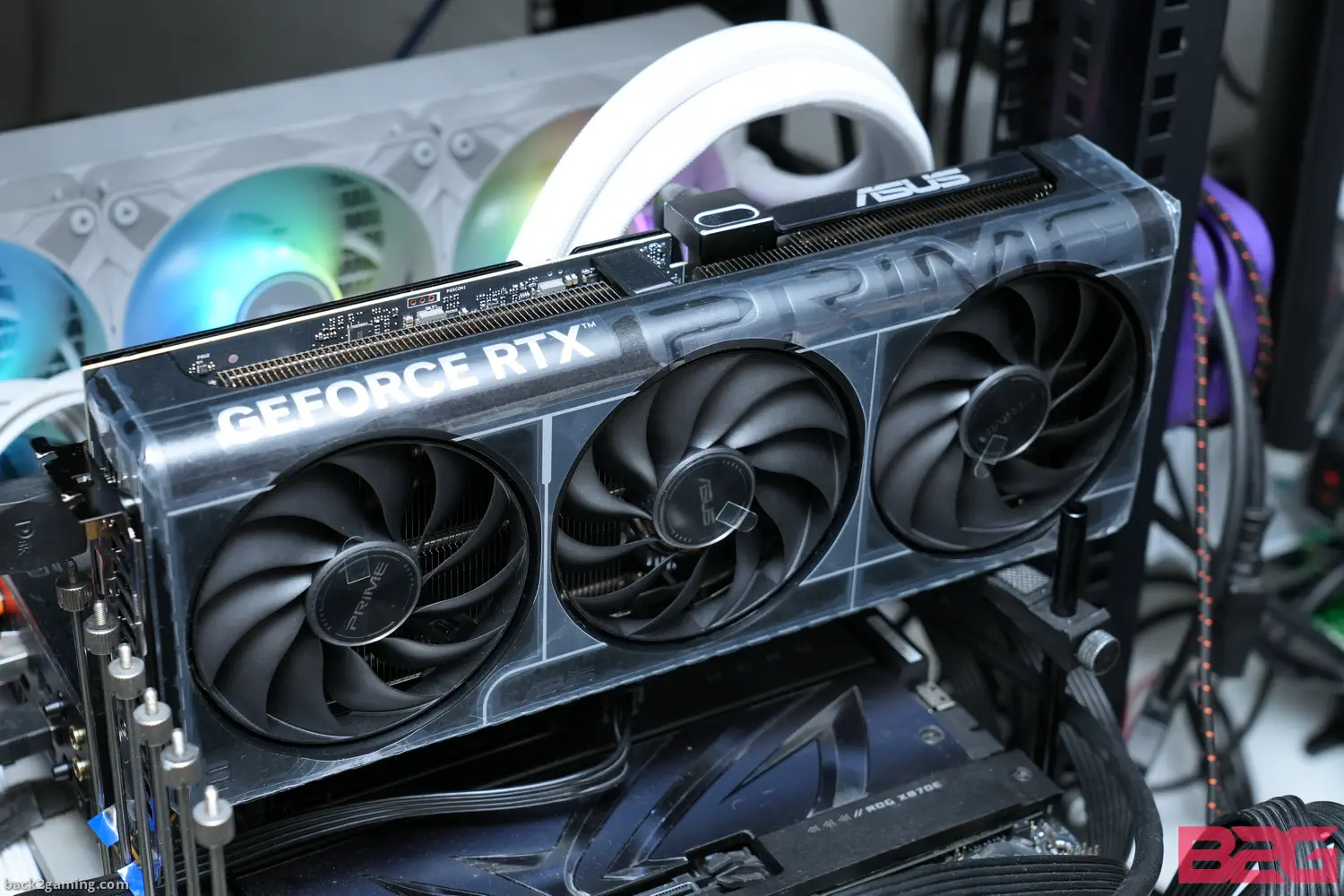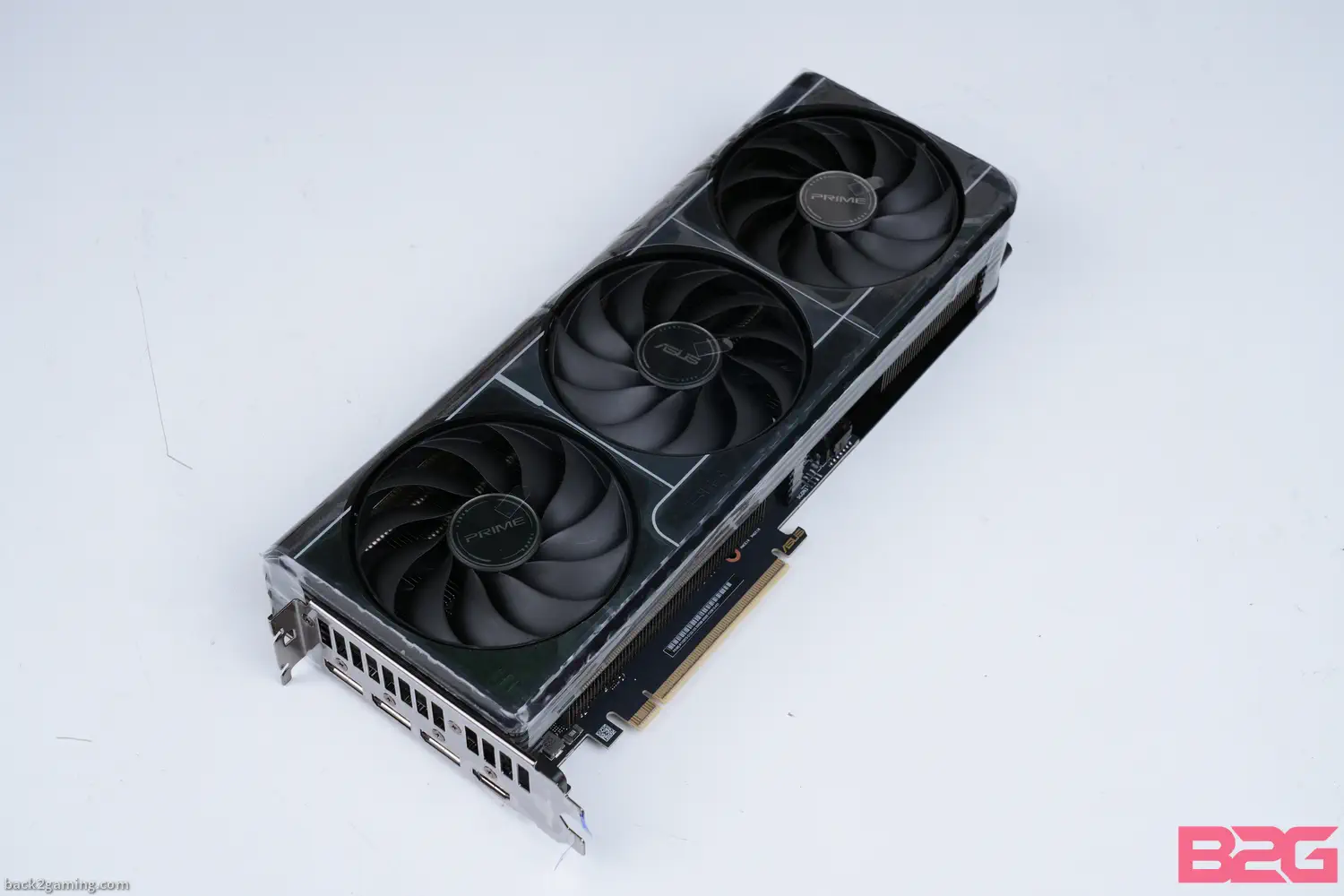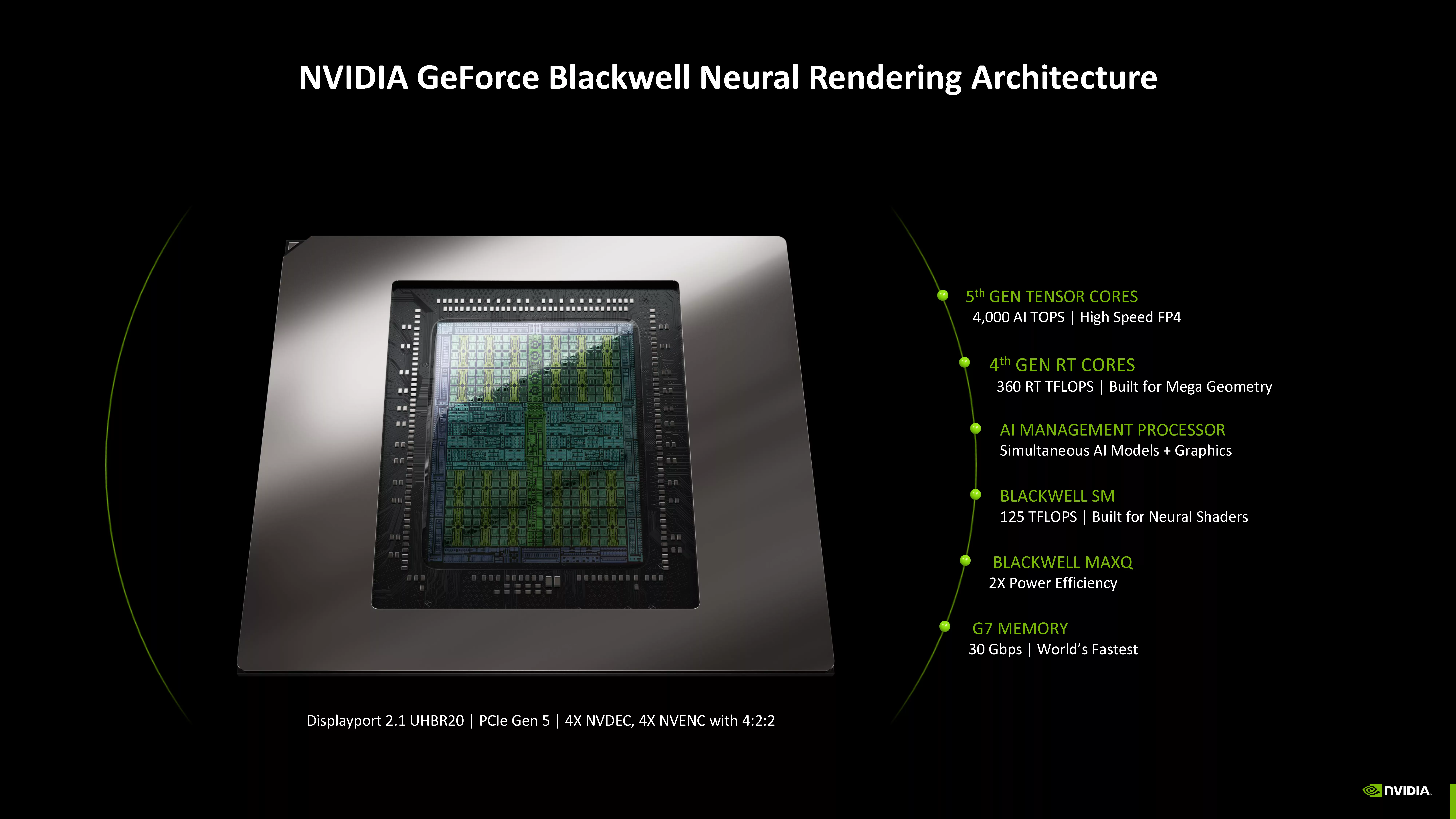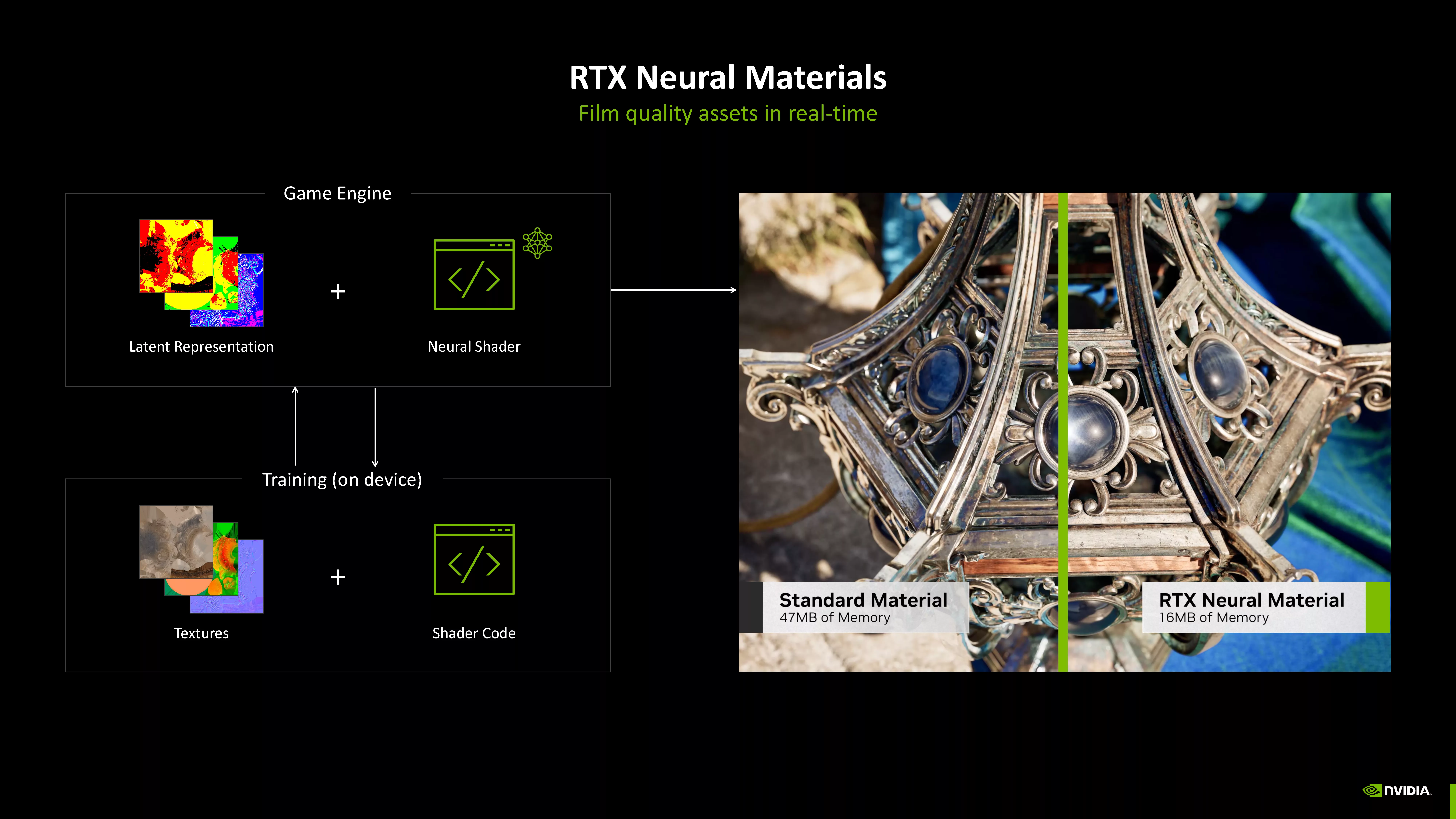Joining our launch stack of RTX 5070 reviews is the ASUS PRIME RTX 5070 OC: ASUS’ entry family and is their most accessible card in terms of pricing. Still, with the recent supply situation of the RTX 50-series, ASUS’ most affordable already competes with larger custom cards in the market. With that said, ASUS scales their graphics card offering well across all series and the ASUS PRIME is no entry model in practice. In this review we’ll find out more about this card, see how it performs and share with you my thoughts. Read on!
Also a refresher about the RTX 5070:
NVIDIA is resuming its RTX 50 launch schedule today with the embargo lifting for reviews of the NVIDIA GeForce RTX 5070 today alongside MSRP versions of AIC cards from partners. The RTX 5070 marks the formal mainstream segment for NVIDIA’s product stack and is aimed at 1440p gamers primarily. Aimed at displacing the RTX 4070 SUPER and RTX 4070, the RTX 5070 boasts Blackwell’s tech stack to differentiate it from its predecessors.
While its already apparent that Jensen’s performance claims already means that the RTX 5070 will not go head-to-head with an RTX 4090 in pure raster performance, DLSS4 still sets the card apart from its class counterparts and does indeed show it can hang do what the CES slide showed. This is a very critical release for NVIDIA as AMD’s response is on the horizon but for the intended market, a large share of which probably just want the best bang for their cash and witht he RTX xx70 class always being the “IT” card for the mainstream gaming crowd, this is where NVIDIA needs to shine the most.
About the NVIDIA RTX 50 Blackwell Architecture
NVIDIA’s RTX 50-series launch was the worst-kept secret of 2024 and leading up to the first of 2025, the tech world was ready to see what NVIDIA has in-store in hopes of turning things around for the DIY PC space which has been seeing dwindling interest lately no thanks to both Intel and AMD, albeit the Ryzen 7 9800X3D was an expected exception.
Powered by Blackwell, NVIDIA’s domination over machine learning and deep learning has put ray tracing to the wayside focusing on improving the visual experience with the introduction of Neural Rendering.
NVIDIA describes neural rendering as their direction for modern graphics integrating generative AI models to assist in scenes going further than just ray reconstruction. Blackwell introduces Mega Geometry but the most notable development here amongst all is the introduction of Multi-Frame Generation. The next stage of DLSS, DLSS4 brings Multi-Frame Generation enabled by the Blackwell architecture enabling up to 3 more frames to be generated following a single rendered frame, effectively a 4x multiplier. A newer Transformer-based model for DLSS bumps up all DLSS releases benefiting not just the RTX 50 but even previous RTX cards.
About the GeForce RTX 5070
The RTX 5070, built on GB205 silicon, sits just below the RTX 5070 Ti, offering a solid generational leap over the RTX 4070 series. It features 6144 CUDA cores, a step down from the 7168 cores on the RTX 4070 SUPER but still a decent upgrade from the 5888 cores found in the original RTX 4070. Supporting this is 12GB of GDDR7 memory, running on a 192-bit bus, delivering a 672GB/s bandwidth—a significant improvement over the RTX 4070’s 12GB GDDR6X, 192-bit bus, and 504GB/s bandwidth. The RTX 5070 runs at a base clock of 2325MHz, boosting up to 2510MHz, and is marketed as the choice for high-refresh-rate 1080p gaming, a primarily 1440p workhorse with improved efficiency, and a capable entry-level 4K experience.
The ASUS PRIME RTX 5070 OC is ASUS’ starter model RTX 5070 and comes in both non-OC and OC models both targeted to meet NVIDIA’s MSRP range. It features a triple fan cooling solution underneath a plastic shroud and targets a 2.2x slot height to allow compact builds with this card.
| Specs | RTX 5070 | RTX 4070 SUPER | RTX 4070 | RTX 3070 | RTX 2070 | RX 7800 XT |
|---|---|---|---|---|---|---|
| Core Count | 6144 | 7168 | 5888 | 5888 | 2304 | 3840 |
| Shader Cores | Blackwell | Ada Lovelace | Ada Lovelace | Ampere | Turing | RDNA 3 |
| AI Cores | 5th Gen | 4th Gen | 4th Gen | 3rd Gen | 2nd Gen | AI Accelerators |
| RT Cores | 4th Gen | 3rd Gen | 3rd Gen | 2nd Gen | 1st Gen | 2nd Gen Ray Accelerators |
| Boost Clock (GHz) | 2.51 | 2.47 | 2.47 | 1.73 | 1.62 | 2.43 |
| Memory Config | 12GB GDDR7 | 12GB GDDR6X | 12GB GDDR6X | 8GB GDDR6 | 8GB GDDR6 | 16GB GDDR6 |
| Memory Interface | 192-bit | 192-bit | 192-bit | 256-bit | 256-bit | 256-bit |
| PCIe Version | Gen 5 | Gen 4 | Gen 4 | Gen 4 | Gen 3 | Gen 4 |
| NVENC | 9th Gen | 8th Gen | 8th Gen | 7th Gen | 6th Gen | VCN 4.0 |
| NVDEC | 6th Gen | 5th Gen | 5th Gen | 5th Gen | 4th Gen | AV1 Decode/Encode |
| Maximum Resolution | 4K 480Hz / 8K 165Hz | 4K 240Hz / 8K 60Hz | 4K 240Hz / 8K 60Hz | 7680×4320 | 7680×4320 | 7680×4320 |
| Power Consumption (W) | 250 | 220 | 200 | 220 | 175 | 263 |
| Recommended PSU (W) | 650 | 650 | 650 | 650 | 550 | 700 |
| Launch MSRP (USD) | $549 | $599 | $599 | $499 | $499 | $499 |
| Philippines Launch MSRP (PHP) | PHP 40,040 | PHP 41,550 | PHP 41,550 | PHP 37,000 | PHP 34,000~ | PHP 37,000~ |
ASUS PRIME RTX 5070 OC
| Specification | ASUS PRIME RTX 5070 OC |
|---|---|
| Marketing Name | ASUS PRIME GeForce RTX 5070 OC Edition |
| Model Name | PRIME-RTX5070-O12G |
| Graphics Processing Unit | NVIDIA GeForce RTX 5070 |
| Interface | PCI Express Gen 5.0 |
| Core Clocks | OC Mode: 2587 MHz, Default Mode (Boost): 2557 MHz |
| CUDA® CORES | 6144 Units |
| Memory Speed | 28 Gbps |
| Memory | 12GB GDDR7 |
| Memory Bus | 192-bit |
| Output | DisplayPort x 3 (v2.1b), HDMI x 1 (v2.1b, up to 4K 480Hz / 8K 165Hz with DSC, VRR, HDR) |
| HDCP Support | Yes (HDCP 2.3) |
| Power Consumption | 250W |
| Power Connectors | 1 x 16-pin |
| Recommended PSU | 750W |
| Card Dimension (mm) | 304 x 126 x 50 mm |
| Weight (Card / Package) | Not specified / Includes accessories (Velcro, adapter cable, etc.) |
| DirectX Version Support | 12 Ultimate |
| OpenGL Version Support | 4.6 |
| Maximum Displays | 4 |
| G-SYNC® Technology | Yes |
| Digital Maximum Resolution | 7680 x 4320 |
| Slot | 2.5 Slot |
| SFF Ready | Compatible |
| Included Accessories | Speedsetup Manual, ASUS Velcro, Thank You Card, Adapter Cable (1 to 2) |
| Software | ASUS GPU Tweak III, MuseTree, GeForce Game Ready & Studio Drivers (download from ASUS support) |
Official product page – ASUS PRIME RTX 5070 OC







3 Comments
great review ty
in the UK rn it’s the cheapest 5070 with a solid warranty, and small enough to fit a compact ATX case. Unfortunately all the western sites are just hating on the 50 series cards over issues that don’t matter to me (my current machine is a decade old, going from an RX480 to any 2025 GPU is gonna feel good XD) so it’s reassuring to find a thorough test with power and temp stats etc
i’m sold, will probably run it at below full power tho, 10% more heat than an FE for 1% more frames doesn’t feel like a good trade off lol
Hating on NVIDIA has been the cool thing to do since Intel’s downfall in the tech space But agreed, if you got a case that can house this and has good airflow, this card’s definitely a good choice. FE’s a looker but if you’re planning to keep it for a while, warranty should give some peace of mind.
I like keeping the GPU Tweak app profiles configured with a 50% power for daily use, then crank up the fans and power to something tolerable (noise) for gaming and just switch between those 2 on the fly. Happy gaming ! 🙂
The ASUS PRIME RTX 5070 looks like a solid choice for power users! If you’re into presentations, pairing it with tools like PowerPoint, Productivity, ai tools, ai could really speed up your workflow. Great review—thanks for sharing the details!